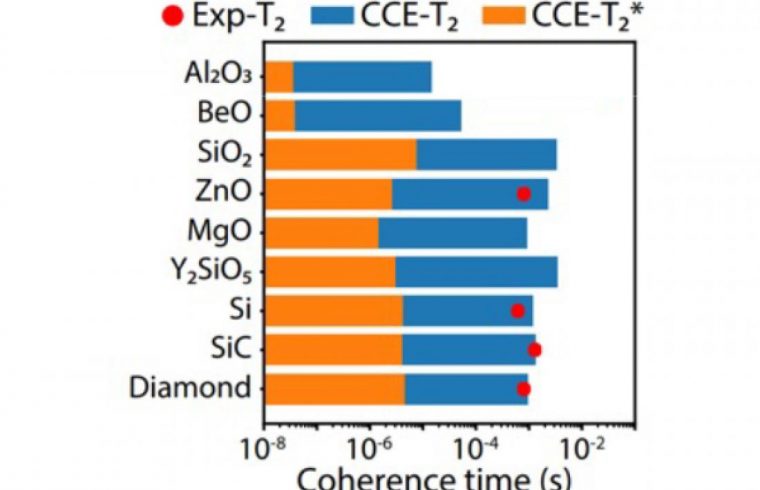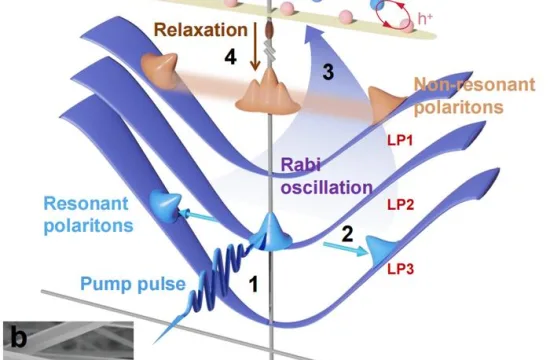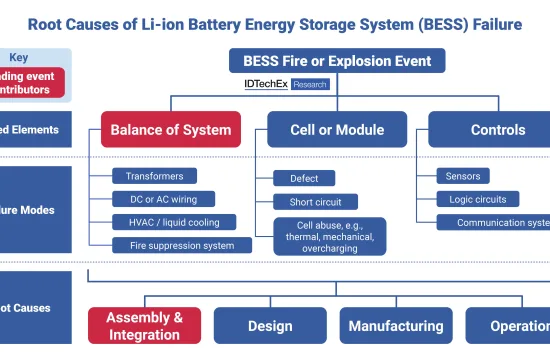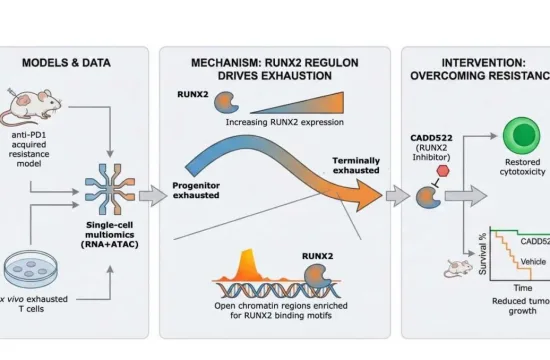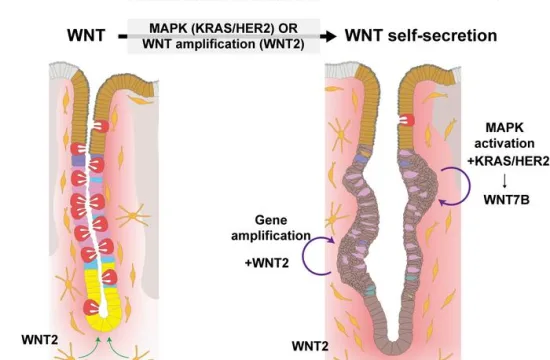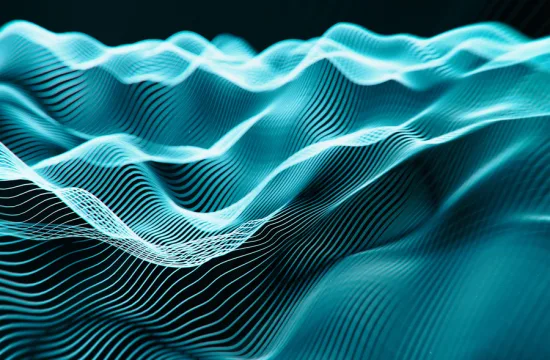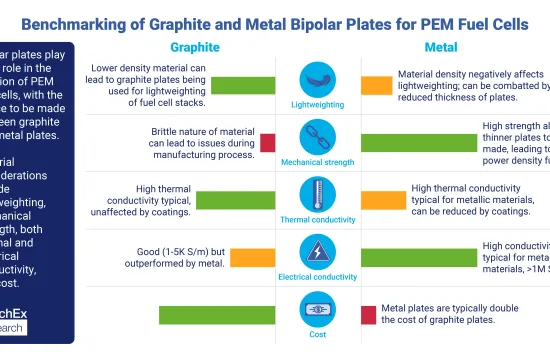|
Getting your Trinity Audio player ready...
|
Quantum supremacy is now one step closer to realization thanks to a new comprehensive guideline for the solid-state spin qubit. The breakthrough was made by a research group from the University of Chicago, the Budapest University of Technology and Economics, Ajou University, and Tohoku University.
The solid-state spin center has been a focal point of quantum information science since the 1950s. Modern research advances in this field have enabled the qubit’s application to quantum computers and remote entanglement, ultimately aiming for a paradigm shift to “Quantum Supremacy.”
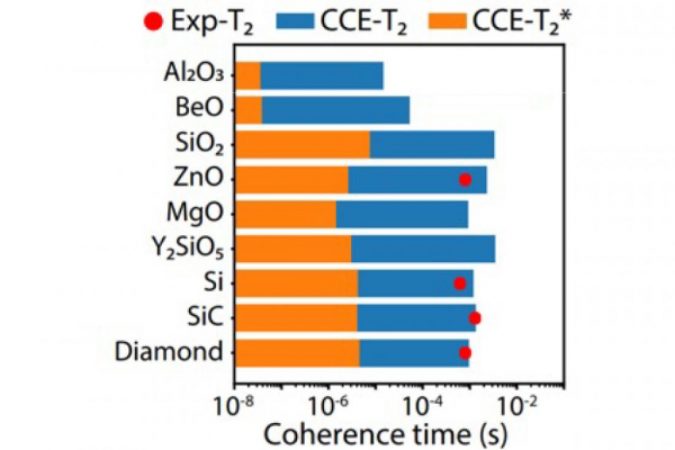
Now, a research group has reported a new and comprehensive guideline of the solid-state spin qubit.
The research group, led by Professor David Awschalom from the University of Chicago and Argonne national laboratory in collaboration with Budapest University of Technology and Economics, Ajou University, and Tohoku University, published a new guideline in Nature Reviews Materials on April 26.
The functionalities of solid-state qubits are determined by spin centers inside host materials and the properties of the host material themselves. The group have consolidated the key properties connecting the spin centers and the host materials, paving the way for unconventional engineering pathways for qubit advancements.
In 2011, Professor Awschalom’s group experimentally demonstrated, for the first time, the room temperature operation of a silicon carbide (SiC) qubit based on their theoretical guidelines published in 2010. Thanks to SiC’s unique material properties and high compatibility with conventional semiconductors, SiC became one of the main solid-state qubit materials. A guideline, which systematically integrates the cutting-edge knowledge, has been strongly sought after to trigger further breakthroughs in the field.
An important property of the spin qubit, the electron spin coherence time, is summarized for various materials in Figure 1.
The spin coherence time roughly indicates the length of time a qubit can maintain/manipulate quantum information. The plot shows the obtained coherence times of reported materials like diamond and SiC, which are the current main solid-state spin qubit host materials. The blue bars show the theoretically calculated electron spin coherence time, which was recently clarified to be close to experimental values and a good measure of the materials’ spin coherence. In addition to the experimentally reported materials, the figure integrates the various functional materials, indicating there are further viable qubit materials in terms of the electron spin coherence time.
The electron spin coherence time above is just one example of the many important properties of spin qubits, as shown in the paper. “We were able to summarize many of other important components of host and spin center materials such as spin, optical, and charge properties as well as their mechanisms in relation to qubit applications,” said Shun Kanai, professor at the Research Institute of Electrical Communication at Tohoku University and coauthor of the study. “These results are expected to accelerate the new fundamental and application-based qubit research, especially for quantum communication, sensing, and quantum computers.”
Collaboration between Tohoku University and the University of Chicago will continue to strengthen. Tohoku University’s Advanced Institute for Materials Research has concluded agreements with the University of Chicago’s Institute for Molecular Engineering within the field of “Spintronics.”

